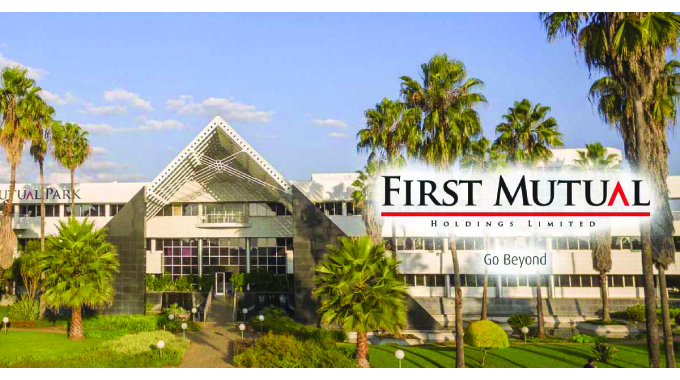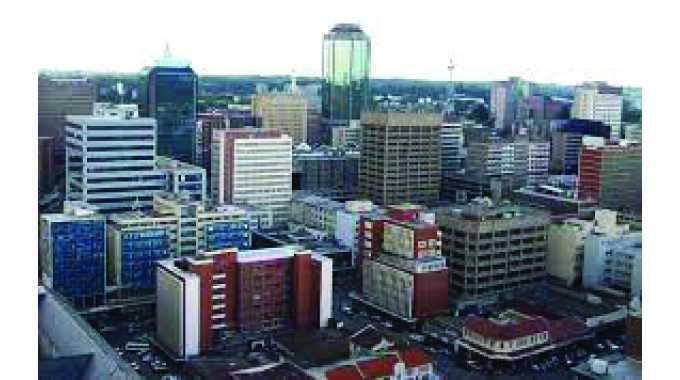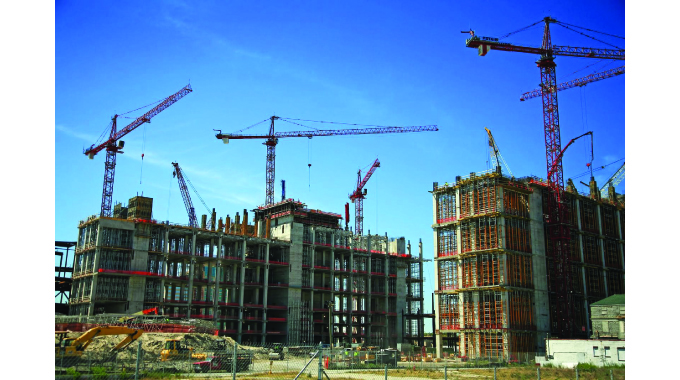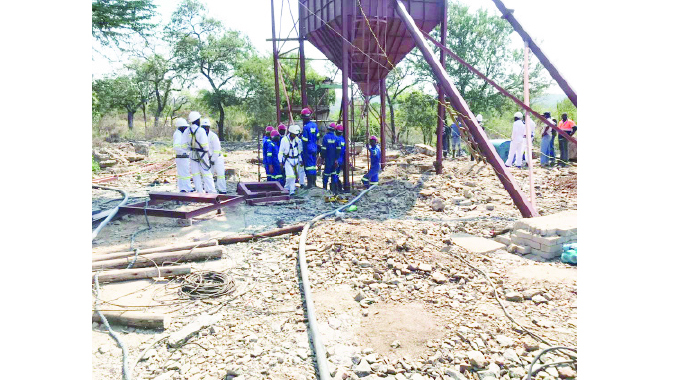Demand for retail, warehousing space spikes

Business Reporter
PROPERTY management and development firm, First Mutual Properties, says demand for traditional retail space and warehousing, light industrial properties and office operations is on a strong trajectory yet commercial property development activity remains constrained.
In a trading update for the quarter ended 31 March 2022, First Mutual said it plans to actively improve space quality in line with occupier requirements to sustain occupancy levels and earnings while focusing on property developments to further add to the property portfolio.

“The occupancy levels improved by 0,46 percent to 89,99 percent from 89,53 percent on 31 December 2021 as deliberate efforts to improve space quality continues to yield positive results,” reads part of the report.
“Collections also improved to 68 percent up 11 percent on the prior period, as the relaxed lockdown measures allowed for more aggressive collection efforts.”
The property development company said activity in the property market continues to experience demand and that supply imbalances were affecting property pricing and rentals.

Central Business District
The worst affected sectors remain the Central Business District offices, high-density suburban shopping centres and the specialised industrial sectors where there is limited space absorption.
Demand for traditional retail shops, retail warehousing, light industrial properties and office park space remained strong, it said.
However, the pricing of rentals continues to evolve, with property owners seeking to hedge against inflation and currency depreciation risk.
“This has been achieved by shortening rent review periods to adapt to the volatility in pricing.

Commercial property development activity remains constrained as there is a limited new demand,” said First Mutual.
“As productive sectors continue to gain traction, it is expected to see growing commercial property development activity in the medium term.”
On the development front, the firm said activity is mainly focused on owner-occupied industrial/retail warehousing and office park-style buildings. It said residential development remains strong mainly supported by the informal sector of the economy.
Going forward, the commercial real estate segment is expected to remain an occupiers market due to the excessive supply of space.
The relaxation of Covid-19 protocols is expected to improve business activity across the key productive sectors but it said key macro-economic and monetary policy will be critical to driving further growth and business confidence.
“Rental yields are expected to remain weak due to the slow nature of the price discovery process for rentals, coupled with limited upside on rentals due to excess supply of space,” it said.
“The key focus area remains value preservation and cash flow management in the immediate to short term as market volatility driven by currency depreciation can significantly disrupt the market.”
Meanwhile, the period under revenue increased by 36 percent compared to the same period in the prior year, driven by rent reviews, and the occupancy level rising to 89,99 per cent.
This has been attributed to net lettings in the CBD office sector.
Net property income decreased by 8,5 percent during the period due to continuing investment through repairs and maintenance to upgrade space and accelerate leasing efforts.











Comments